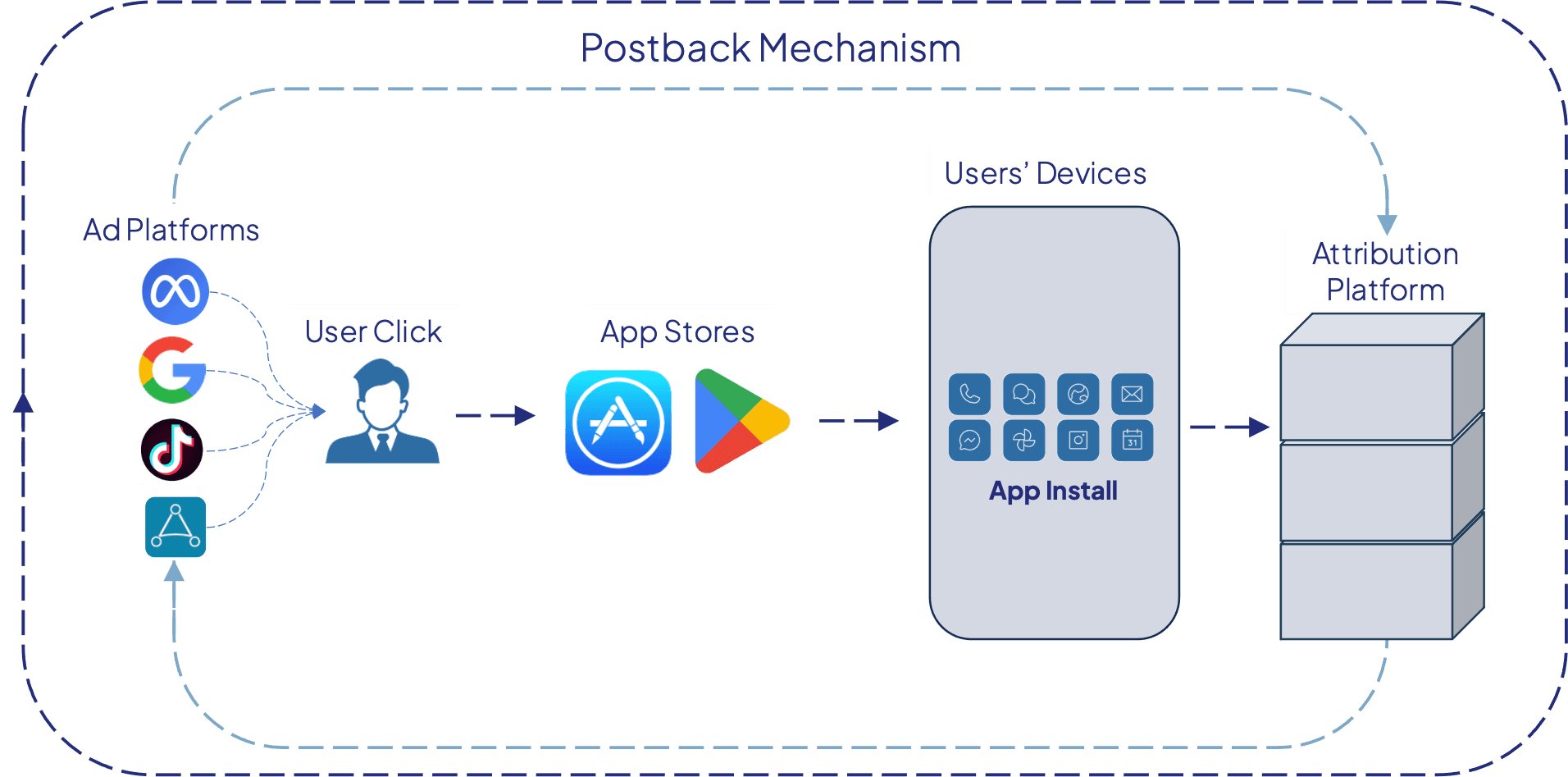Platform
Use Cases
Many Possibilities. One Platform.
AI and Automation
The Always-on Incrementality Platform
Solutions
Teams
Built for your whole team.
Industries
Trusted by all verticals.
Mediums
Measure any type of ad spend
Use Cases
Many Possibilities. One Platform.
AI and Automation
The Always-on Incrementality Platform
Teams
Built for your whole team.
Industries
Trusted by all verticals.
Mediums
Measure any type of ad spend

The following article is part of a two piece thought leadership series written by Maor Sadra, INCRMNTAL’s CEO. Maor has over 20 years in leadership roles in media and advertising technology, and is renowned as an expert in the areas of measurement and attribution.
Named the “Nostradamus of AdTech” more than once, in this article, Maor is actually optimistic about where things are heading.
The original promise of adtech was the statement that “everything is trackable”. Digital advertisers chose to buy into this as the promise was so big that everyone wanted to believe in it. The idea was awesome – by tracking users, adtech providers would be able to tell Advertisers “who brought this customer?”
Advertisers would be able to use this data for real-time optimizations, as well as more strategic tasks like budget allocation.
However, something was still missing. Ad platforms have no way of knowing if the traffic they are sending is generating good results for the Advertiser, or not. They needed a way to align their interests with their customers (i.e. brands) by knowing which placements worked better and which audiences were converting. This is when the attribution postback was invented and the precise point that things started going in the wrong direction.
Postback is a term used to describe the mechanism that will give credit to an Ad platform for generating an action (typically: a conversion).
The way a postback typically operates is by matching a parameter added with the impression or click URL to a parameter passed with the conversion.

The purpose of the postback was genuinely good. The postback was designed to give ad platforms a real time indication that they “brought” a conversion, allowing the ad platform to stop showing ads to converted users, reduce wasted inventory, and use the user data collected to target better. Supposably.
But a vicious cycle started.
Ad platforms would get more budgets from Advertisers for generating great results, but the definition for “great results” became a data play. Nothing more.
Ad platforms realized that if they win more credit – they would get more budgets. It wasn’t about the results anymore – it was all about the credit.
Imagine a football team manager trying to build the best team in the world.
They review players’ performance, strength, stamina, speed, and even look at their past achievements.
Each player in the team will get a salary ranging between $1M to $2M a year, depending on their abilities. Goalkeepers will receive bonuses for each ball they block, and strikerrs will receive a bonus for each goal they score.
Now imagine a football team manager went for a different approach.
They only hire strikerrs. They fire the goalkeepers, and every player that didn’t score a goal – because: “hey – you’re not scoring goals. Deserve no credit”.

Finding new users for an app is hard. Really hard. There are literally billions of users out there, and each of us is unique in our own ways.
When Advertisers start working with a new ad platform, they want it to help them find new audiences, new users, new customers.
Not the ones they are already reaching.
But given that the attribution postback was controlling who wins credit – many ad platforms naturally became biased to target the known users who were most likely to convert.
The analogy I’ll use for this is a fisherman. A fisherman can go to the big ocean with their small boat and search for fish. But this would be difficult. The ocean is large, and the boat is small. The conditions are erratic, and it may take the fisherman a while until they locate any fish.
Alternatively, the fisherman could just fish from the aquarium. That will guarantee results, and they will receive just as much credit apparently.
Attribution postbacks started a race to the bottom , since every ad platform KNEW it would get more budgets for receiving credit (rather than creating value), the competition stopped being around messaging or targeting – instead the nature of the competition became “how to win the most credit”.
The question of value thus became completely secondary.
Getting more budgets for credit without creating value created a bad incentive for ad platforms to operate in.
Instead of focusing on “who are the best audiences to target”, or “which creative yields the best incremental results” - getting credit became the goal. 
Advertisers learned this lesson the hard way. Companies pausing digital advertising would often see no negative impact over their installs, leading both CFOs and CMOs to lose trust in digital media as a whole.
Some companies took things even one step forward, by suing their advertising partners. A very well known case was the case of Uber, when it paused its advertising spend and saw no impact over the total amount of installs, while “organics” went up.
A common parameter used for the purpose of attribution, was the device identifiers, such as a cookie ID, IDFA, GAID.
Using a device identifier, an attribution platform was able to match the ad engagement (impressions and clicks) with the conversions. Assuming both came from the same device – a match would mean: “this click led to this conversion”.
But over the past few years, access to these identifiers became increasingly limited, until the point access was completely blocked unless users explicitly opt in for tracking.
Once the device identifiers were deprecated, most assumed that Advertisers and Ad platforms would completely lose the ability to measure performance. There was fear that Advertisers would no longer get good performance from ad platforms, since those would not get attribution postbacks.
In the months that followed Apple’s deprecation of the IDFA, Facebook supposably lost around $5bn in revenues, based on industry experts. You can read our whitepaper about measurement in a post IDFA world here.
But the new privacy world surprised everyone, when despite the attribution postback getting blocked for privacy reasons – companies like Facebook, Google, AppLovin, and others started reporting major revenue achievements, crediting those to their new algorithmic attribution capabilities.
The next article in this series will explain this new paradigm of attribution, and why the future is bright!

Maor is the CEO & Co-Founder at INCRMNTAL. With over 20 years of experience in the adtech and marketing technology space, Maor is well known as a thought leader in the areas of marketing measurement. Previously acting as Managing Director International at inneractive (acquired by Fyber), and as CEO at Applift (acquired by MGI/Verve Group)